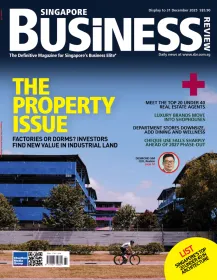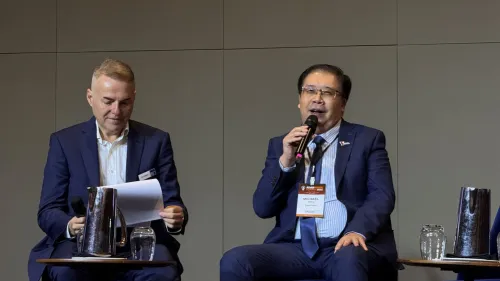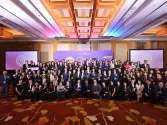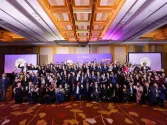Join the community
Thought Leadership Centre
Most Read
1. Finance leaders flag governance risks with fast growing fintech systems 2. Why AI governance is a key priority for financial institutions 3. Foreign institutions pursue market entry as Japan strengthens fintech rules 4. Payment leaders push for interoperability to solve SME cash flow 5. Five takeaways from day 1 of the Singapore Fintech FestivalResource Center
Awards
Mar
24
Event News
Energy & Offshore
Tuas Power to complete Singapore’s first 100% biomass conversion by 2028
The landmark project will cut one million tonnes of carbon emissions annually.


 Advertise
Advertise



















Commentary
The perks of watching TV online
The perks of watching TV online
Diligent homebuyers win the race
What's up with business analytics and business intelligence?
Why Singapore is best placed to be Asia’s lifestyle and luxury center
Confronting the marketer’s fear in 2012
How to motivate your employees?
Designing a new marketing plan for design firms
What is the secret to sustained development?
Singapore’s employers adapt to the skills shortage
Cutting costs in a downturn: Where to trim?
Can SMRT go from social zero to next gen hero?
Rethinking Singapore’s social compact
Your website can generate leads - here’s how
How to 'mental hug' your employees?
How to make your company inflation-safe to secure margins
Here's why you shouldn't stop learning
Why being Second often beats being First